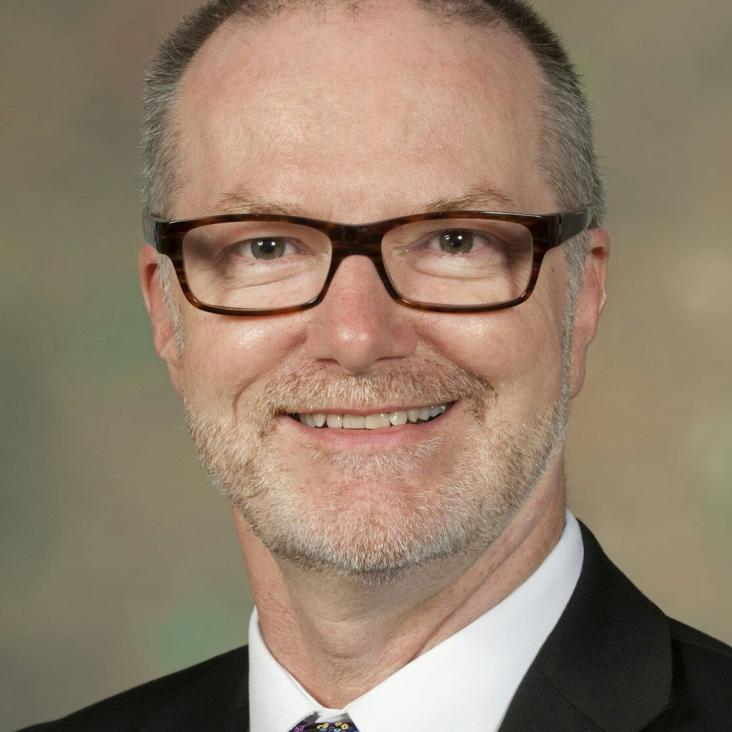Measurements of the hole boring velocity from Doppler shifted harmonic emission from solid targets
Physics of Plasmas AIP Publishing 3:9 (1996) 3242-3244
High-gain x-ray lasing at 11.1 nm in sodiumlike copper driven by a 20-J, 2-ps Nd:glass laser
Optics Letters 21:14 (1996) 1035-1037
Abstract:
Evidence of high gain pumped by recombination has been observed in the 5g-4f transition at 11.1 nm in sodiumlike copper ions with use of a 20-J 2-ps Nd:glass laser system. The time- and space-integrated gain coefficient was 8.8 ± 1.4 cm-1, indicating a single-transit amplification of ∼60 times. This experiment has shown that 2 ps is the optimum pulse duration to drive the sodiumlike copper recombination x-ray lasing at 11.1 nm. © 1996 Optical Society of America.Using low and high prepulses to enhance the J=0-1 transition at 19.6 nm in the Ne-like germanium XUV laser
Optics Communications 123:4-6 (1996) 777-789
Abstract:
We report a study of the effect of prepulses on XUV lasing of Ne-like germanium for an irradiation geometry where ≈20 mm long germanium slab targets were irradiated at ≈1.6 × 1013 W cm-2 using ≈0.7 ns (1.06 μm) pulses from the VULCAN glass laser. Prepulses were generated at fractional power levels of ≈2 × 10-4 (low) and ≈2 × 10-2 (high) and arrived on target 5 and 3.2 ns respectively in advance of the main heating pulse. For both the low and high prepulses the output of the 3p-3s, J=0-1, line at 19.6 nm was enhanced such that the peak radiant density (J/st) for this line became greater than that for the normally stronger J=2-1 lines at 23.2 and 23.6 nm. The 7=0-1 line, whose FWHM duration was reduced from ≈450 ps to ≈100 ps, delivered ≈6X more power (W) than the average for the combined J=2-1 lines, whose FWHM duration was ≈500 ps for both levels of prepulse. The higher prepulse was more effective, yielding ≈2X more radiant density and ≈7X more power on both the J=0-1 and J=2-1 transitions compared to the low prepulse case. The most dramatic observation overall was the ≈40X increase of power in the J=0-1 line for the high prepulse (≈2%) case compared with the zero prepulse case. These observations, coupled with measurements of beam divergence and beam deviation through refractive bending, as well as general agreement with modelling, lead us to conclude that, for germanium, the main influence of the prepulse is (a) to increase the energy absorbed from the main pulse, (b) to increase the volume of the gain zone and (c) to relax the plasma density gradients, particularly in the J=0-1 gain zone.Characteristics of rapidly recombining plasmas suitable for high-gain X-ray laser action
Laser and Particle Beams 14:1 (1996) 71-79
Abstract:
Recombining plasmas produced by picosecond laser pulses are characterized by measuring ratio of intensities of resonance lines of H- and He-like ions in the plasmas. It is found that the rapidly recombining plasmas produced by picosecond laser pulses are suitable for high-gain operation.Coherence and bandwidth measurements of harmonics generated from solid surfaces irradiated by intense picosecond laser pulses
PHYSICAL REVIEW A 54:2 (1996) 1597-1603


